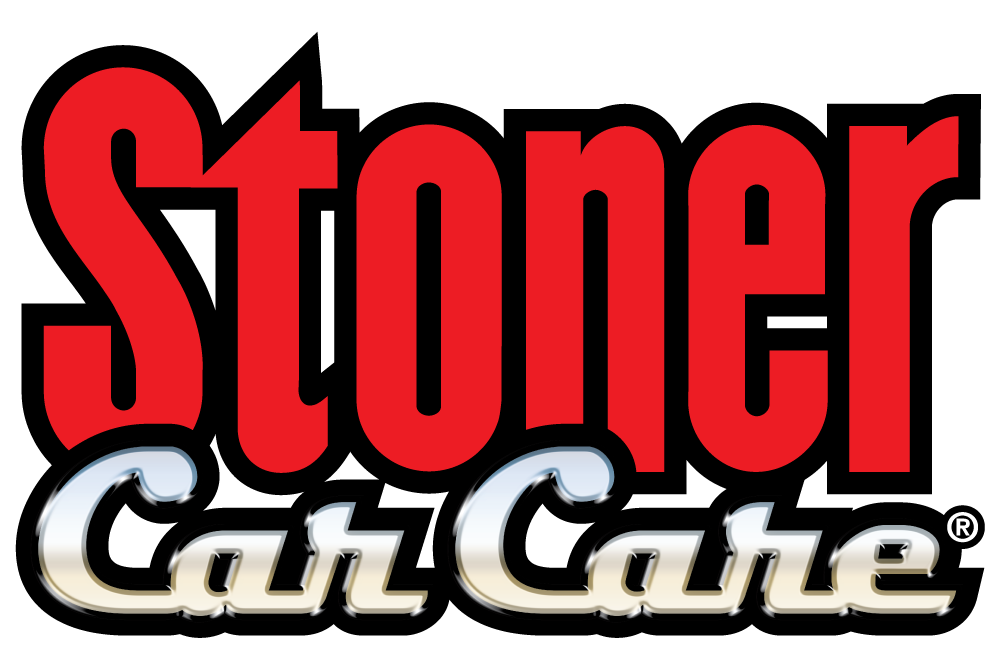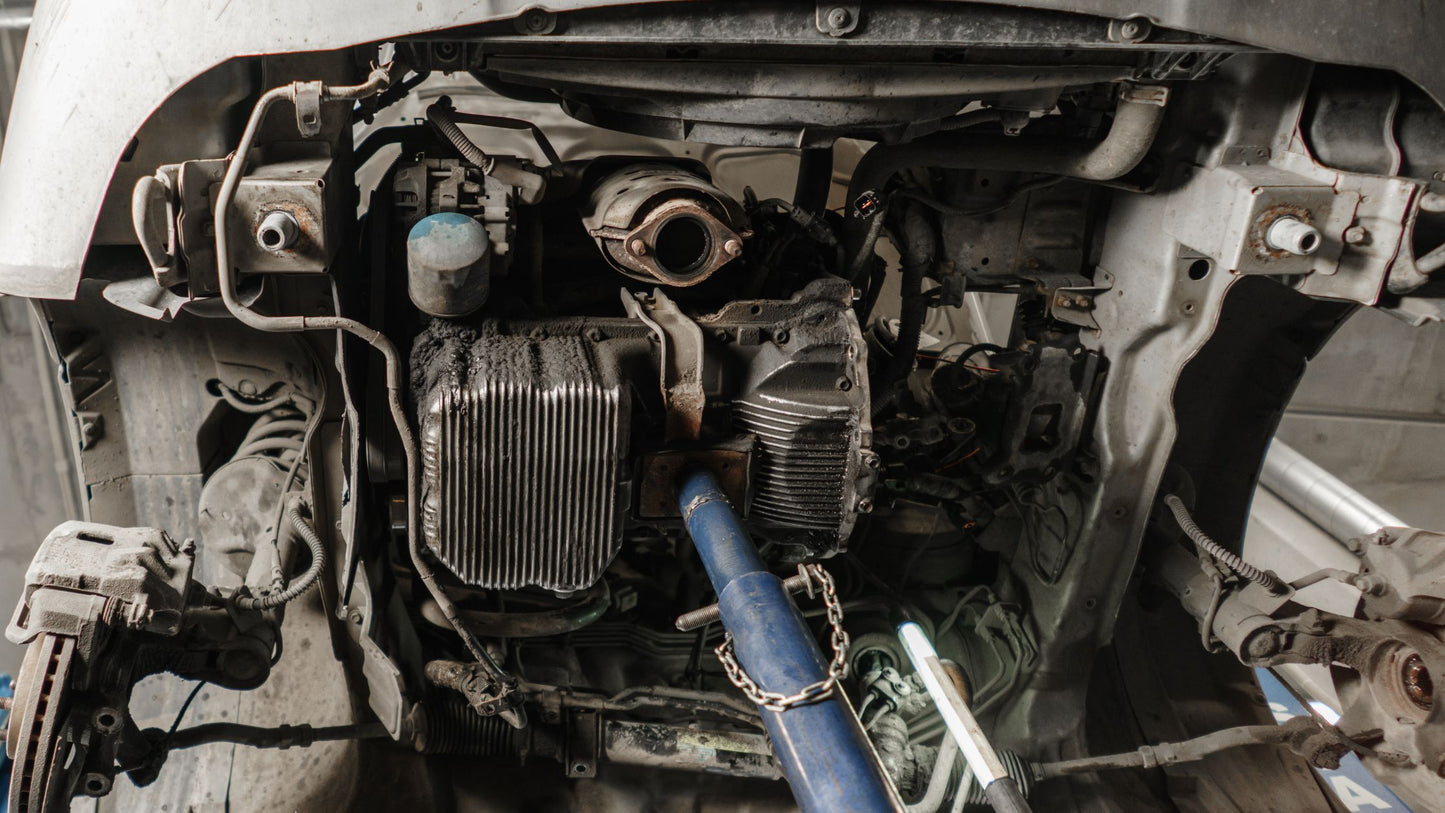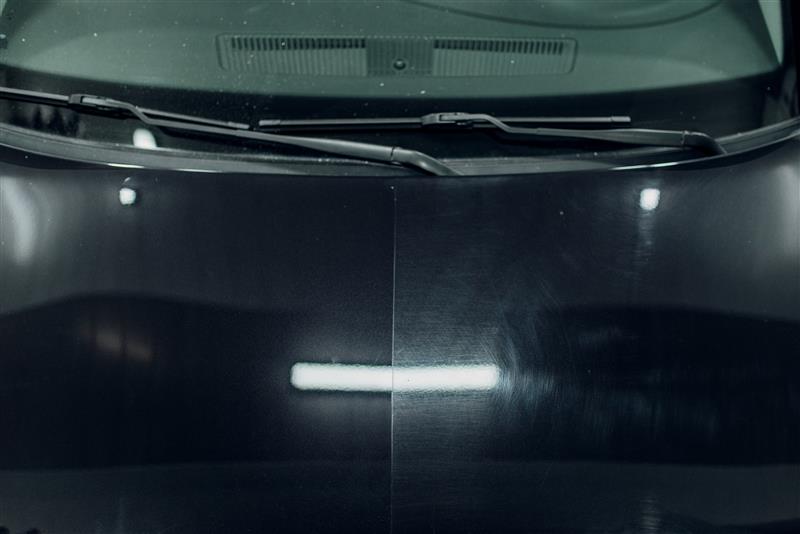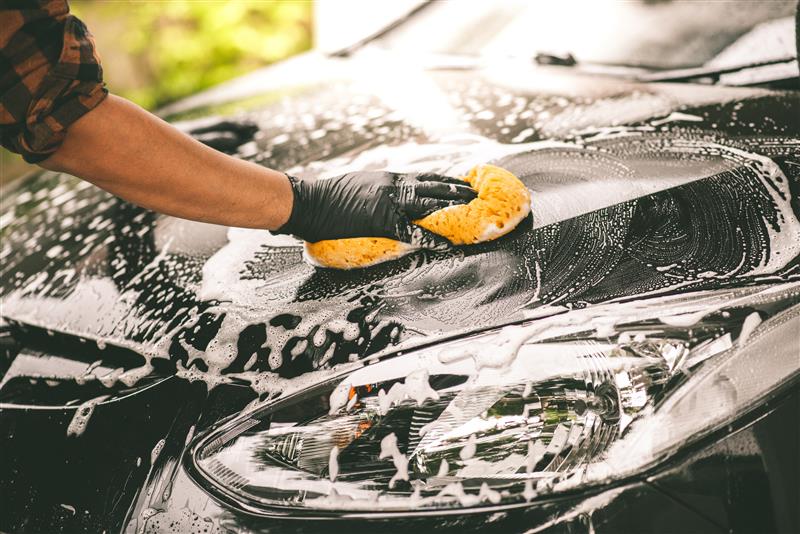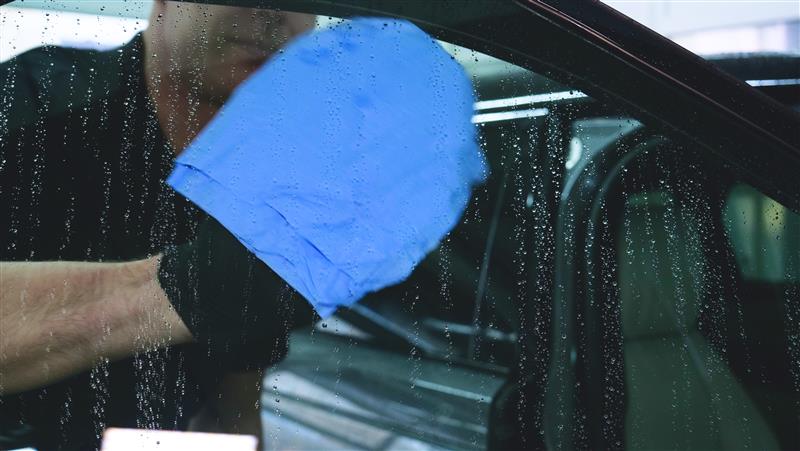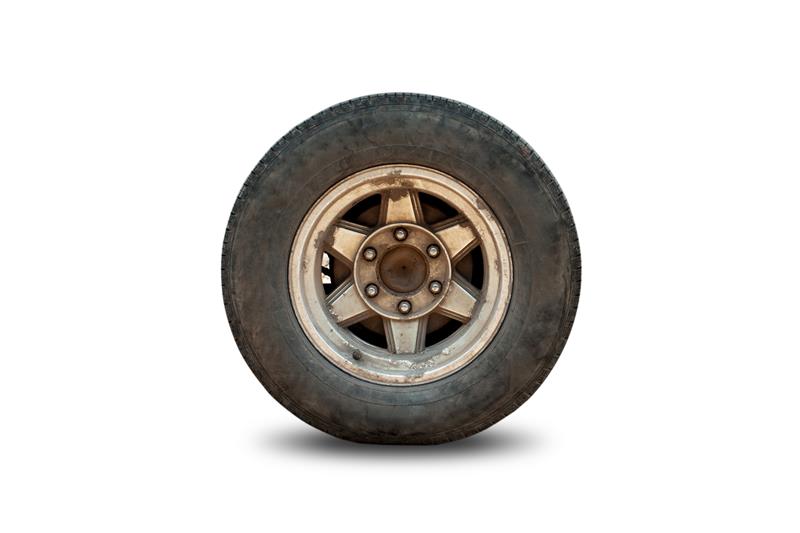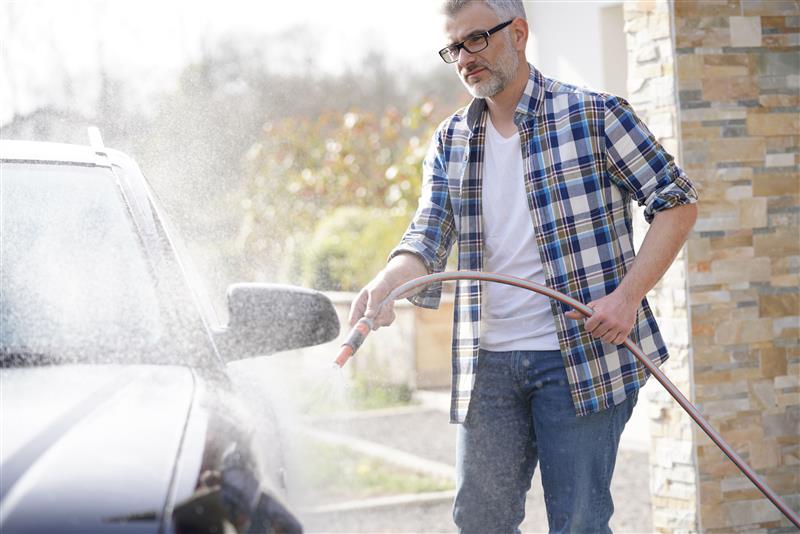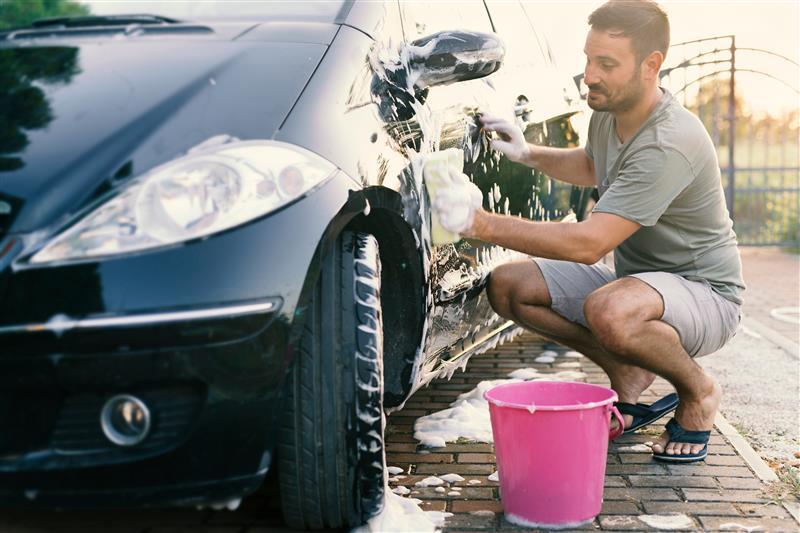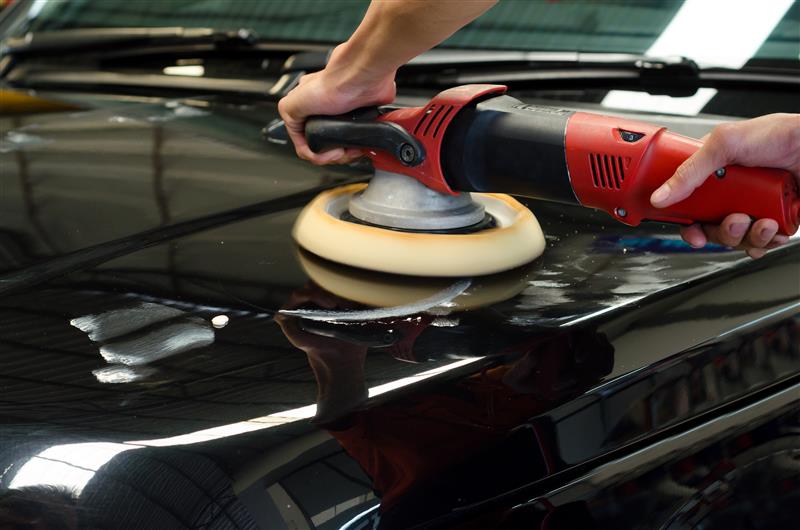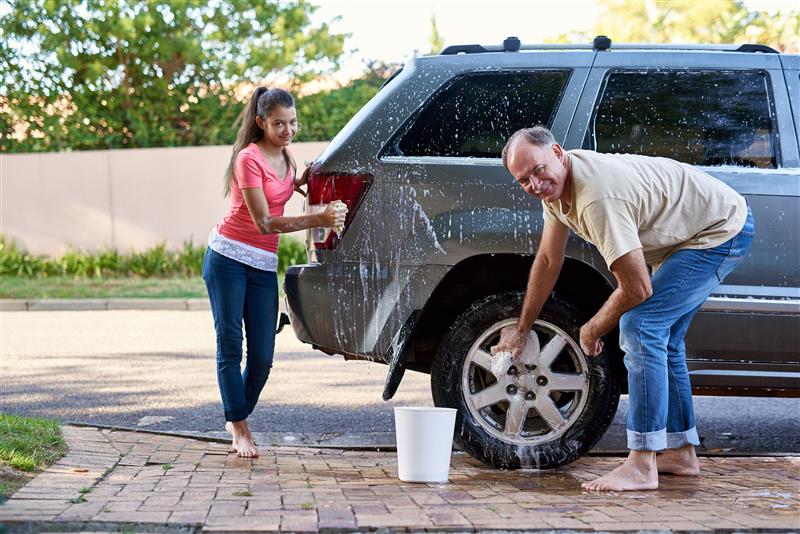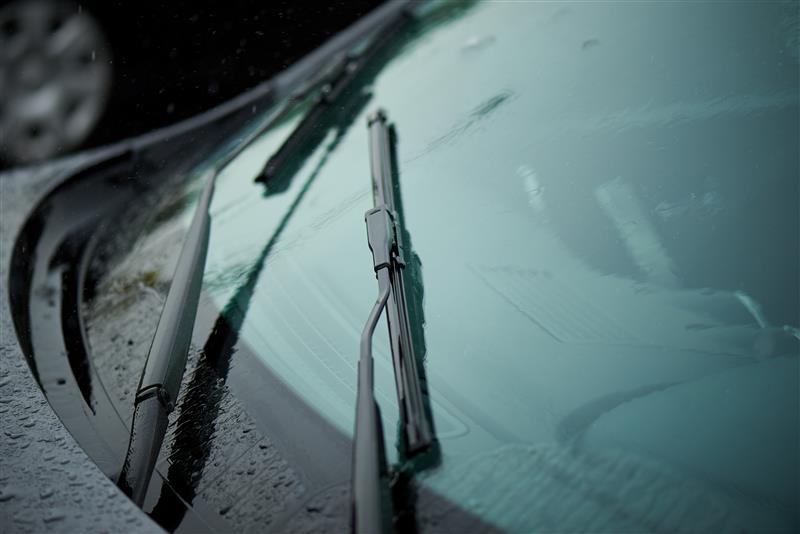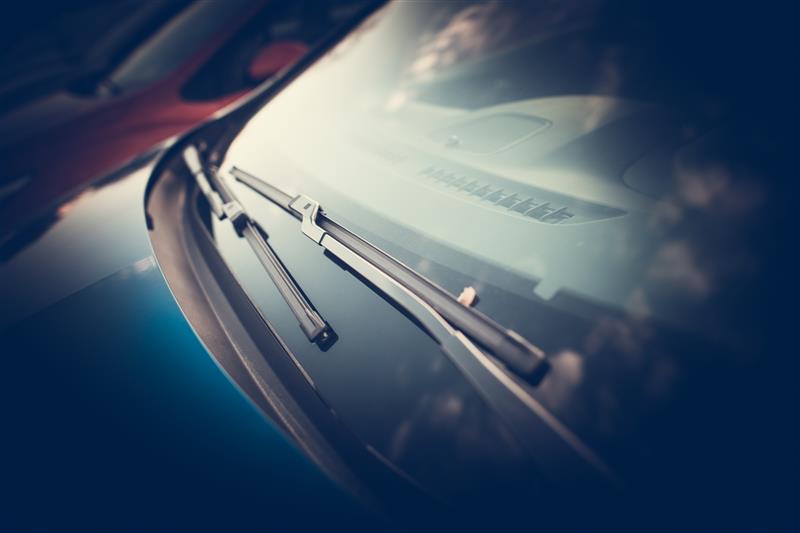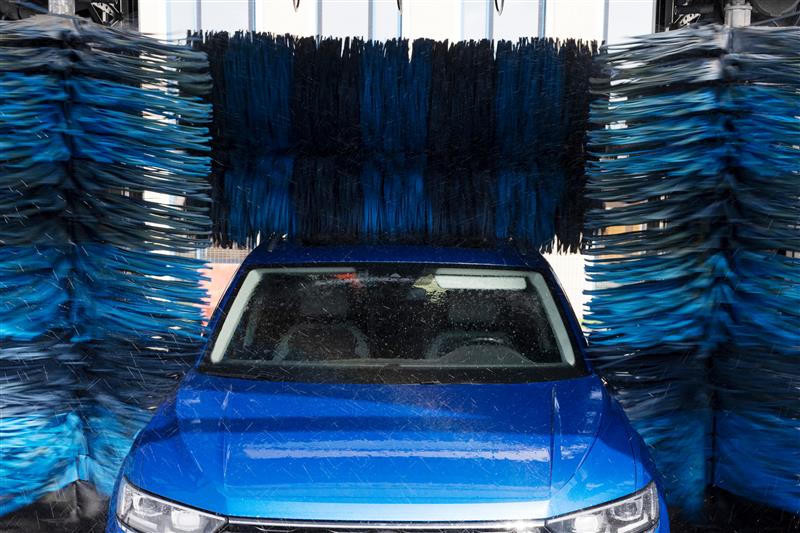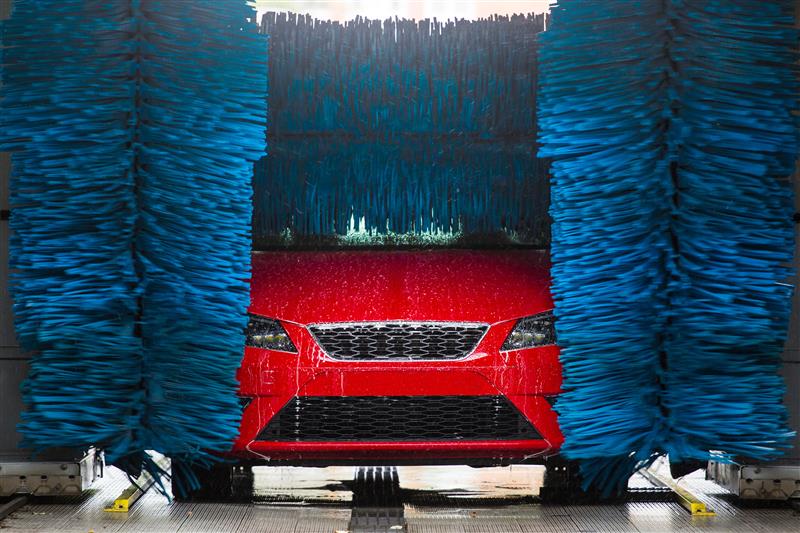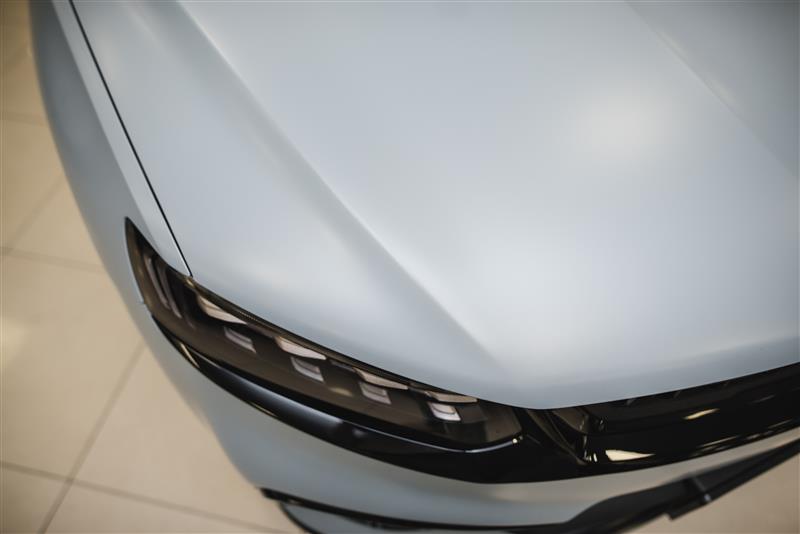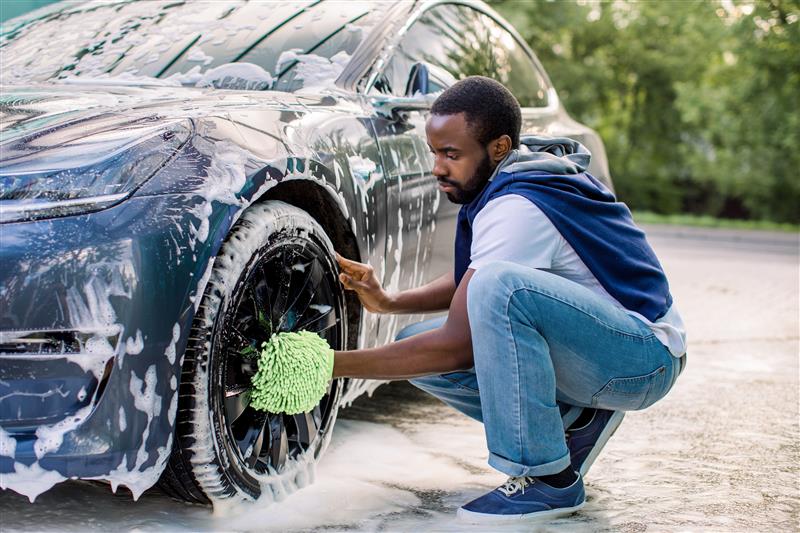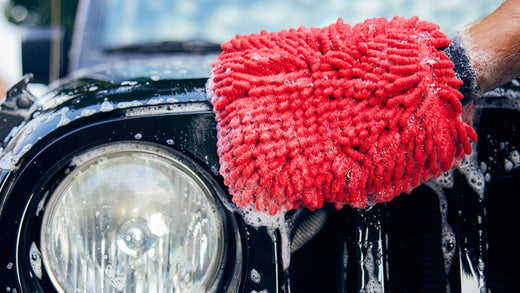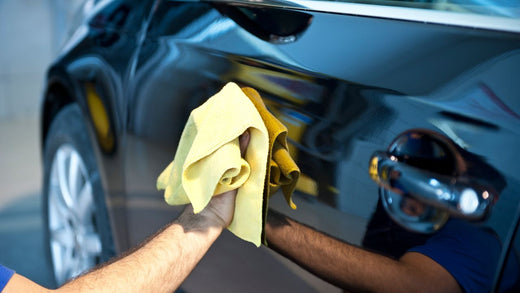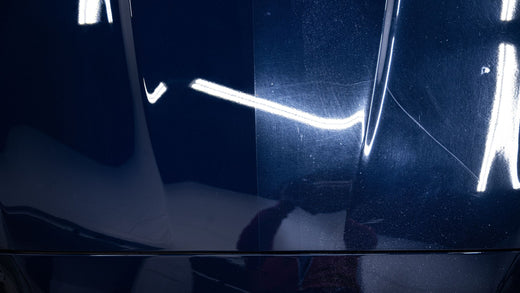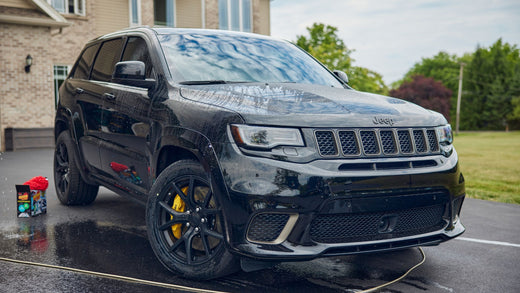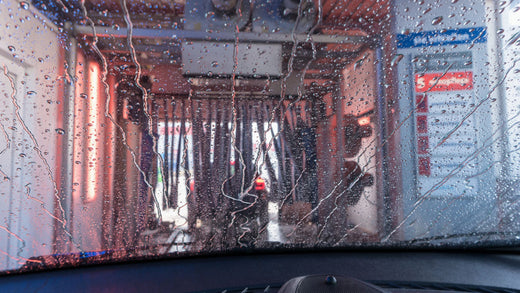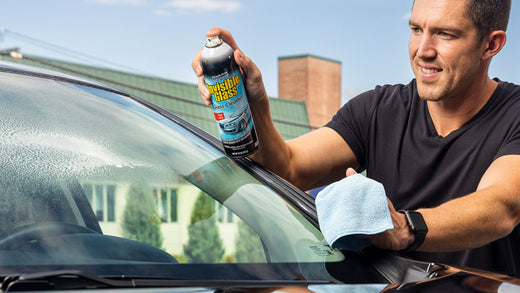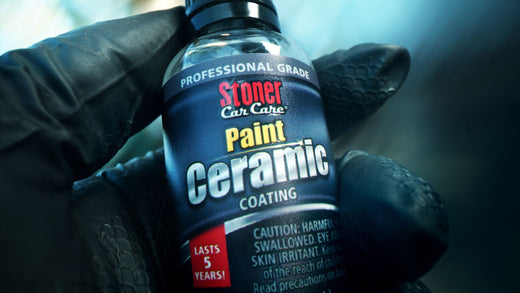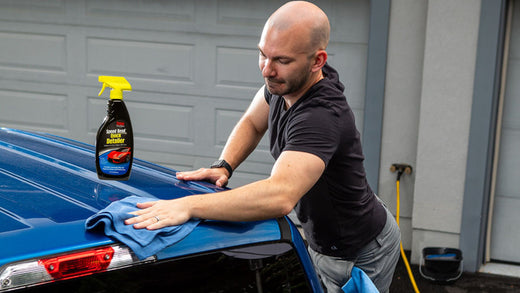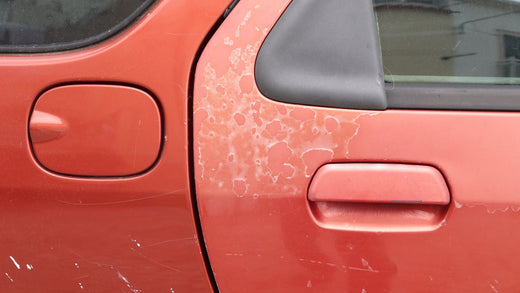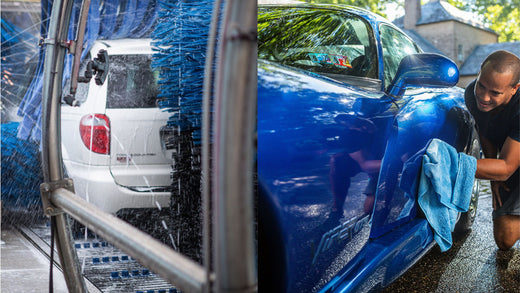Clear vision ahead with our holiday markdowns on Invisible Glass Ceramic Silicone Wiper Blades. Prices as marked.
Maintaining a clean undercarriage is crucial for your car's overall health and longevity. Road debris, salt, mud, and other contaminants can cause undercarriage corrosion and damage over time. This blog post will provide a step-by-step guide on effectively cleaning your car's undercarriage, along with additional information and cleaning techniques.
To clean the underside of a car: Prepare the vehicle by parking it on a level surface with the engine off, rinse the undercarriage using a pressure washer, apply a degreaser or all-purpose cleaner, agitate with a brush, use a plastic scraper or old credit card to remove caked-on grime, rinse thoroughly, dry the undercarriage, and inspect and protect as needed.
Before cleaning, gather the necessary supplies
Here are the materials you’ll need to clean your undercarriage:
- Pressure washer or garden hose with a high-pressure nozzle
- Car-safe degreaser or all-purpose cleaner
- Stiff bristle brush or undercarriage-specific cleaning brush
- Plastic scraper or old credit card
- Jack stands or ramps (if needed)
- Safety goggles and gloves
Prepare the car by parking it on a level surface with the engine off
Ensure your car is parked on a level surface with the engine off. Use jack stands or ramps as needed to elevate your vehicle and provide easy access to the undercarriage.
Rinse the undercarriage using a pressure washer
Begin by using a pressure washer to rinse the undercarriage. If you don’t have a pressure washer, a high-pressure garden hose will help remove loose dirt, grime, and debris. If you’re cleaning in the wintertime, a rinse can help dilute salt residue on the bottom of the car.
Apply a degreaser or all-purpose cleaner
Apply a car-safe degreaser or all-purpose cleaner to the undercarriage, focusing on areas with heavy grime or grease buildup. Be sure to follow the product manufacturer's instructions regarding dilution and application. If you’re using Stoner’s All-Purpose Cleaner, use a ratio of 10:1 for general cleaning or 5:1 for cleaning areas with stubborn filth.
Consider using an undercarriage-specific cleaning brush with long bristles for better reach and coverage.
Agitate with a brush
Using an undercarriage-specific cleaning brush or other stiff-bristled brush, agitate the degreaser or cleaner onto the undercarriage to help loosen and remove stubborn dirt and grime. Pay close attention to areas around the suspension components, wheel wells, and frame rails. Use a small detailing brush or an old toothbrush for hard-to-reach areas.
Use a plastic scraper or old credit card to remove caked-on grime
For particularly tough or caked-on grime, gently scrape it off using a plastic scraper or an old credit card. Be cautious not to apply too much pressure that may scratch the undercarriage. This technique is beneficial for removing dried mud or tar.
Rinse Thoroughly
Once the undercarriage is thoroughly agitated and scraped, rinse it with a pressure washer or high-pressure nozzle on a garden hose. Remove all traces of the degreaser or cleaner from the undercarriage. Take care to direct the water away from sensitive electrical components.
Dry the undercarriage
After rinsing, dry the undercarriage with a clean microfiber cloth or allow it to air dry. If you can access compressed air, you can also blow-dry the undercarriage, ensuring that all the nooks and crannies are dry.
Inspect and protect as needed
Take this opportunity to inspect the undercarriage for any signs of damage, rust, or loose parts. If you notice any issues, consult a professional for repairs or maintenance.
Consider applying an undercarriage protectant or rust inhibitor to safeguard against future corrosion. These products create a protective barrier against moisture and contaminants, helping to prolong the life of your vehicle's undercarriage.
Regular Maintenance Tips
To maintain a clean undercarriage, incorporate these tips into your regular car maintenance routine:
- Clean the undercarriage after driving in muddy or salty conditions.
- Apply a protective undercarriage coating at least once a year or as the manufacturer recommends.
- Regularly inspect and clean the wheel wells and suspension components.
- Consider using mud flaps or splash guards to minimize debris accumulation.
Consult your vehicle's owner's manual for instructions or recommendations for cleaning the undercarriage. If you feel unsure or uncomfortable cleaning yourself, consider seeking professional car detailing services specializing in undercarriage cleaning.
Cleaning the undercarriage enhances your car's appearance and helps prevent rust and corrosion, ensuring optimal performance and preserving its value. Incorporate undercarriage cleaning into your regular car maintenance schedule, especially after driving in harsh conditions or during winter when road salts are prevalent.
Use these steps to keep your underside components in working order
By dedicating a little time and effort to cleaning your car's undercarriage, you can contribute to its overall health and keep it looking great for years. Enjoy the benefits of a well-maintained undercarriage and drive with confidence, knowing that you've taken an essential step toward keeping your car in excellent condition by using these steps.
To clean the underside of a car: Prepare the vehicle by parking it on a level surface with the engine off, rinse the undercarriage using a pressure washer, apply a degreaser or all-purpose cleaner, agitate with a brush, use a plastic scraper or old credit card to remove caked-on grime, rinse thoroughly, dry the undercarriage, and inspect and protect as needed.
